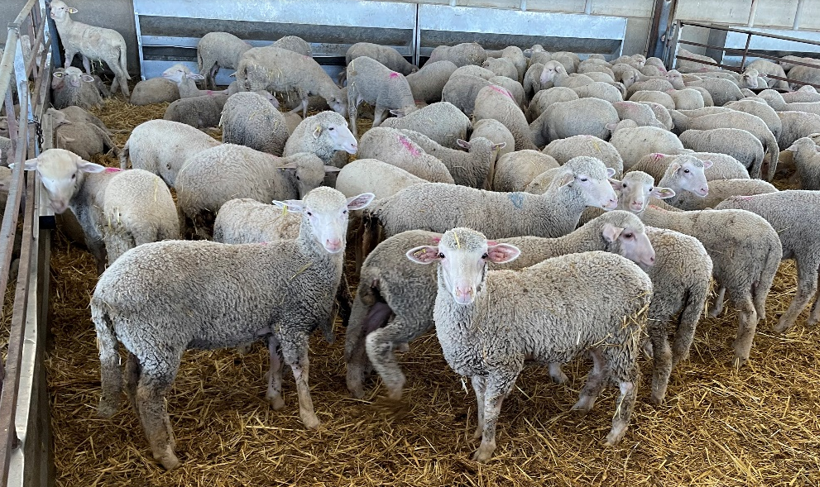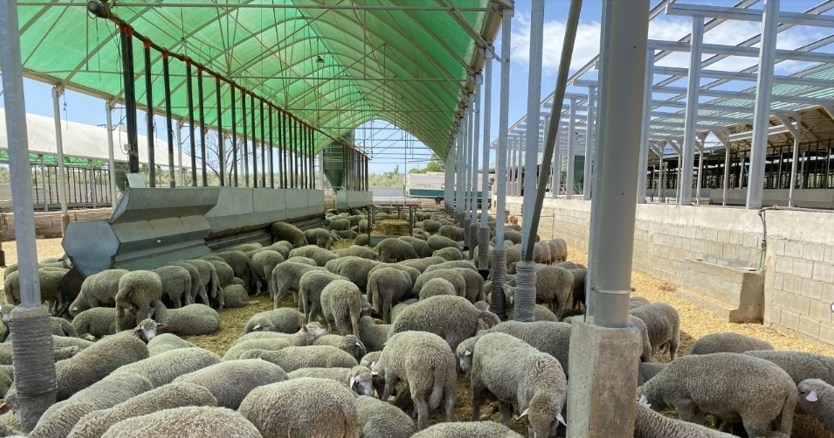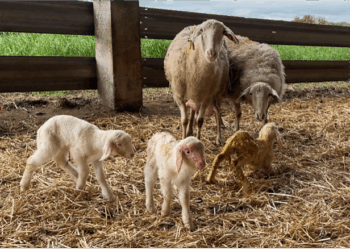After lactation comes the fattening period, in which lambs and kids are fed until they reach the ideal weight. At this stage, it is crucial to maintain the health of the animals to achieve optimal growth. What are the main health problems that appear in this period?
Challenges in fattening
The appearance of diseases during fattening will depend on the animal’s own intrinsic factors, external predisposing factors and the presence of infectious agents.
The fattening stage is critical for the health of lambs and kids, as there may be various risk factors.
One of the main risk factors is stress. Weaning is highly stressful, due to separation from the mother and the change in diet. Arriving at the feedlot is also stressful, due to the change of accommodation and the establishment of social hierarchies. Stress increases blood cortisol levels and negatively affects the immune system.
Other risk factors are the transport and mixing of animals from different origins, which can expose lambs and kids to new pathogens.
Immunisation at the source is of great importance so that the animals are protected when they arrive at the feedlot.

Furthermore, the reduction in the use of antibiotics can be a challenge and makes it necessary to implement biosafety and prevention measures to control diseases.
What are the most common pathologies?
The most prominent disease in feedlots is ovine respiratory complex (ORC). ORC can cause mortality in fattening lambs, mainly in acute clinical cases. However, its greatest impact is the delay in growth and poor feed conversion rate. It can also lead to the discarding and condemnation of the carcass at the slaughterhouse.
ORC has a great impact on the profitability of feedlots, since it seriously affects the growth of chronic animals.
Another problem is coccidiosis, which can be a predisposing factor or aggravate ORC. Coccidiosis diarrhoea can also cause delayed growth and death.
What can we do?
We must focus on management and prevention measures:
– Avoid stress in transportation and unloading
– Make homogeneous groups of animals
– Avoid high densities of animals
– Good ventilation and temperature
– Good hygiene and disinfection of facilities and beds
– Deworming
– Vaccination: Vaccines with M. haemolytica leukotoxin have demonstrated great effectiveness in controlling ORC in feedlots

Conclusions
– It is necessary to minimise risk factors
– It is advisable to implement prevention measures in the feedlot and on the farms of origin.
– The use of vaccines against M. haemolytica leukotoxin is a tool that has proven effective against ORC in feedlots.
Article written by:
Tania Perálvarez Puerta. Global Product Manager, Small Ruminants Franchise – HIPRA




